I found this beautiful insect Wednesday morning on our walk. I posted this photo to an insect identification page on Facebook, and people were able to identify it as a Black Giant Ichneumon Wasp, Megarhyssa atrata.
Megarhyssa atrata is a parasitic species that requires a host which provides nutrients to developing larvae. Deciduous forests include several hardwood tree species that are home to the preferred host: Pigeon horntail larvae. Pigeon horntail larvae develop inside decaying hardwoods during the winter, and Megarhyssa atrata seeks out these locations to oviposit. The Megarhyssa atrata cycle begins when the females oviposit their eggs in either decayed logs, fallen trees, or stumps where the larvae of pigeon horntails have burrowed into the wood. Burrows chosen as egg-laying locations have often been invaded by fungus and rot, making it easier to insert the ovipositor.
Below is a short video I shot.
What looks like a stinger is actually the ovipositor, the organ that lays the eggs. It was five or six inches long.
Of course, I had to look up the Pigeon Horntail and learned it is common in eastern North America.
The female Megarhyssa seeks out the larvae within the tunnels bored by the Pigeon Horntail. It then lays an egg next to the larva and then injects venom to paralyze it.
The wasp is harmless to humans, but pity the poor Pigeon Horntail larva.
I’ve been seeing these striking moths for a few weeks, but Wednesday morning I spotted dozens of them near the small creek. This is Haploa clymene, or the Clymene moth, originally named by Peter Brown, a naturalist known mostly as a bird and botanical artist in 1776.
I can’t determine why Brown gave this moth the species name clymene, but some suggest it was after KLYMENE (Clymene) the Greek Titan goddess of fame and renown. She was the wife of the Titan Iapetos and the mother of Prometheus and Atlas.
The above painting of Clymene was painted by John William Godward (1861–1922) in 1892.
His is a sad tale.
John William Godward was an English painter from the end of the Neo-Classicist era… He was a protégé of Sir Lawrence Alma-Tadema, but his style of painting fell out of favor with the rise of modern art.
Godward was born in 1861 and lived in Wilton Grove, Wimbledon…The overbearing attitude of his parents made him reclusive and shy later in adulthood.
He exhibited at the Royal Academy from 1887. When he moved to Italy with one of his models in 1912, his family broke off all contact with him and even cut his image from family pictures. Godward returned to England in 1921, died in 1922, and is buried in Brompton Cemetery, West London…
He committed suicide at the age of 61 and is said to have written in his suicide note that "the world is not big enough for [both] myself and a Picasso."
His estranged family, who had disapproved of his becoming an artist, were ashamed of his suicide and burned his papers. Only one photograph of Godward is known to survive.
From Wikimedia Commons and the Crossley ID Guide to Eastern Birds
I heard a new bird Thursday, a Kentucky Warbler.
Here is what it sounds like:
The Kentucky warbler is a scarce bird with a large range, frequenting moist deciduous forests. It is migratory, spending summer in the central and eastern United States, often ranging as far north as Wisconsin to Pennsylvania. Come fall and winter the Kentucky warbler will migrate back to the Yucatán Peninsula and the many islands of the Caribbean, flying non-stop across the Gulf of Mexico. In 2007, the Kentucky Warbler was seen as far west as Farmington, New Mexico.
It has a high conservation status in Iowa, according to the Iowa Audubon Society.
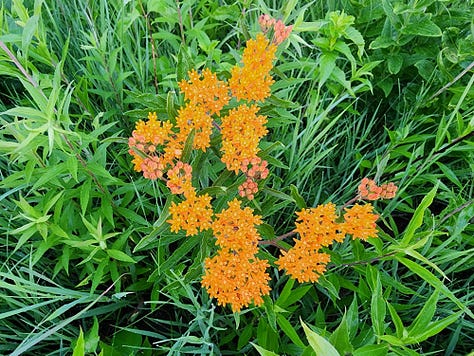
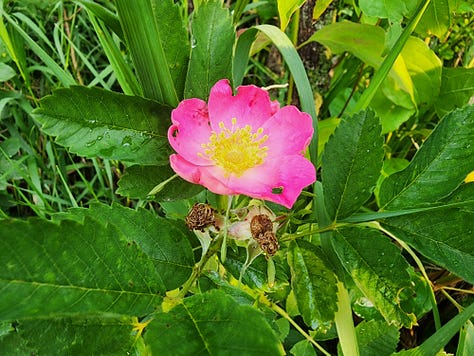
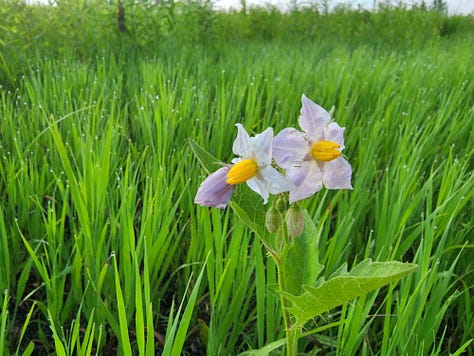
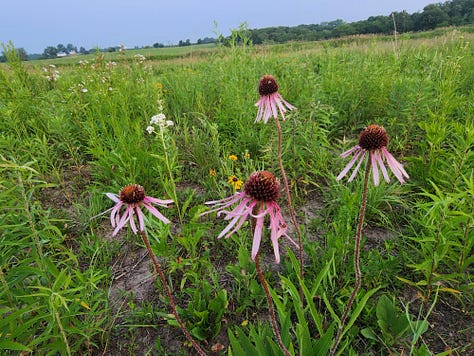
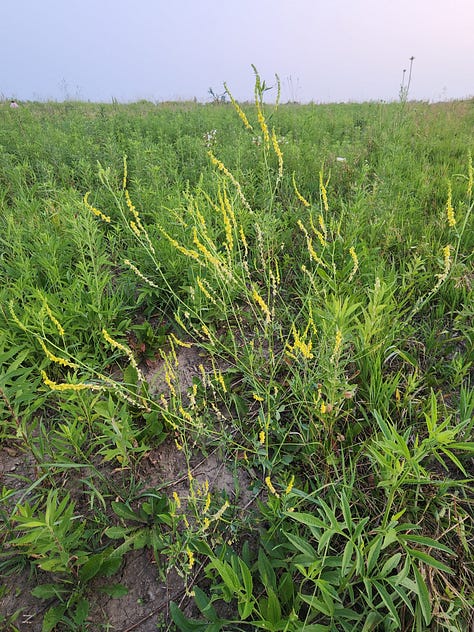
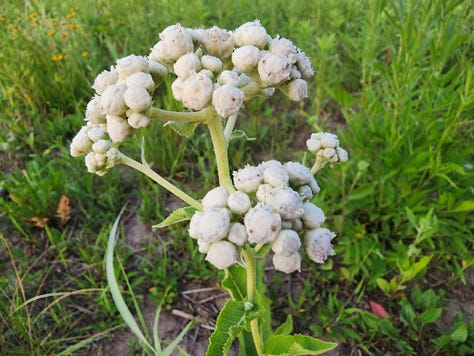
And to close, some lovely flowers of the prairie.
If you like Cedar Creek Nature Notes, you’ll enjoy my friend Larry Stone’s Listening to the Land. Check it out. Larry is a former Des Moines Register Outdoor writer—one of the best. And if you aren’t subscribed to Cedar Creek Nature Notes, now’s your opportunity. Please share with friends, and if you have any comments on anything you see here, please share. That’s how we learn.
I’m a member of the Iowa Writers Collaborative. Please sample the talents of my fellow collaborative members. If you can afford to be a paid subscriber, that would be great. If not, the vast majority of content is free. And here is a link to the Iowa Podcasters’ Collaborative, should you be interested. Check out my Substack Deep Midwest: Politics and Culture if you aren’t already a subscriber. My Iowa Revolution podcast with award-winning broadcaster Spencer Dirks can be found here.
After retiring from radio, I know a little about public relations, and have started a small consulting group and associated Substack called Better PR. You might be interested in what I have to share there. Thanks!





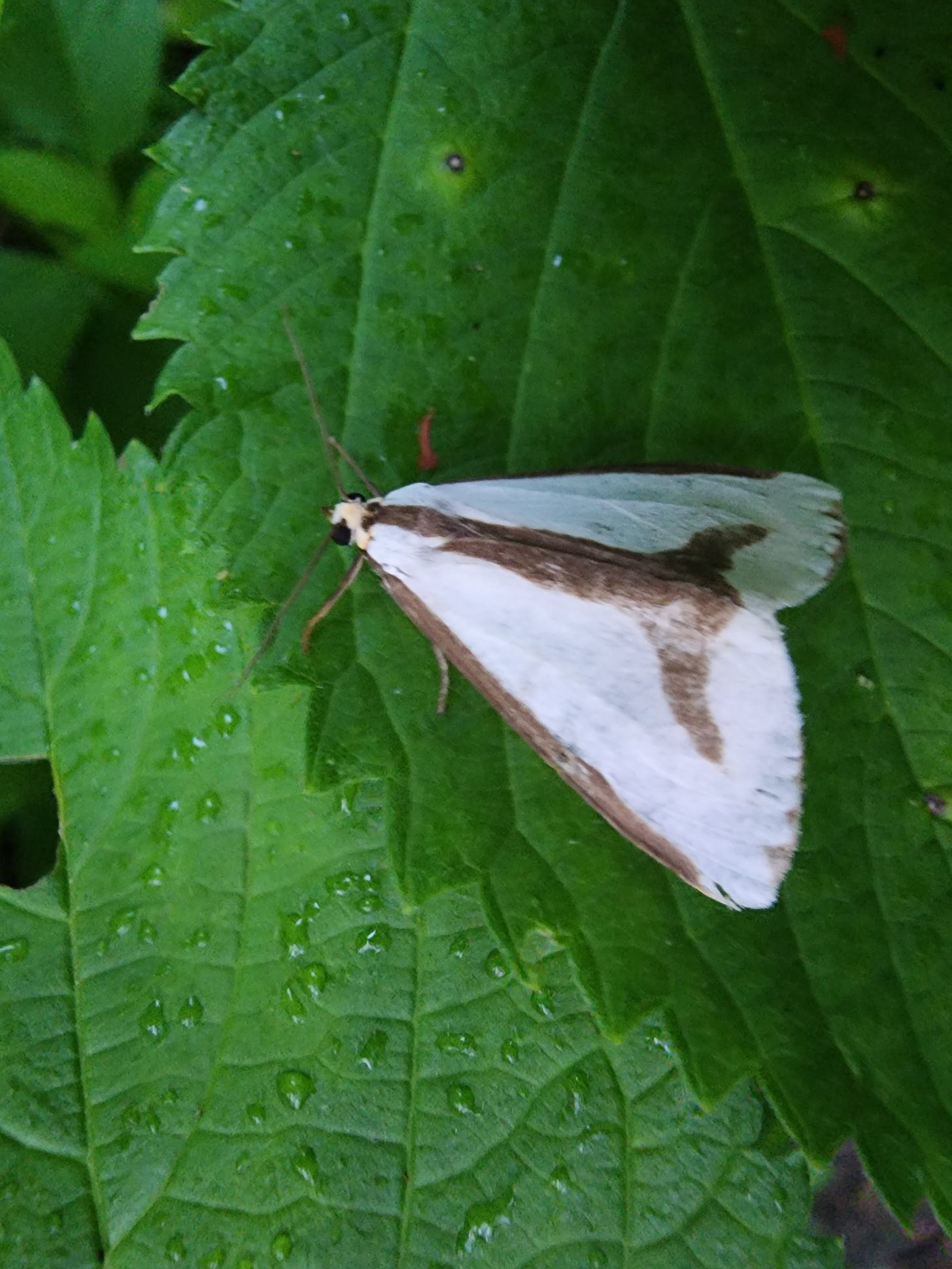
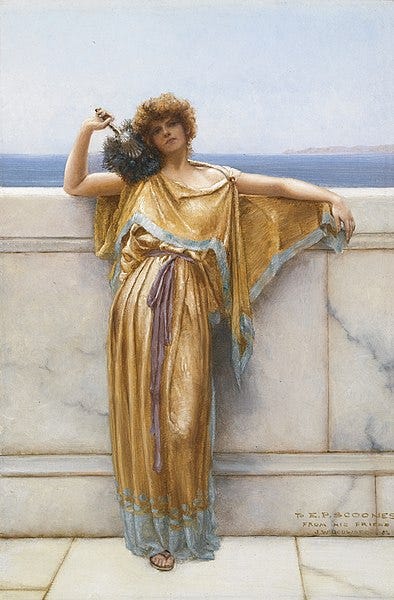
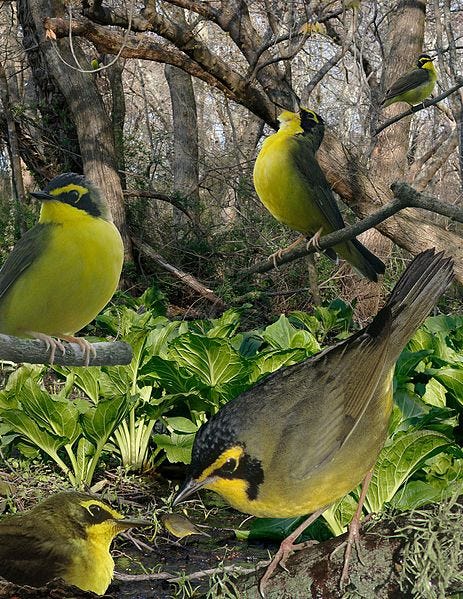
Some ovipositor!!